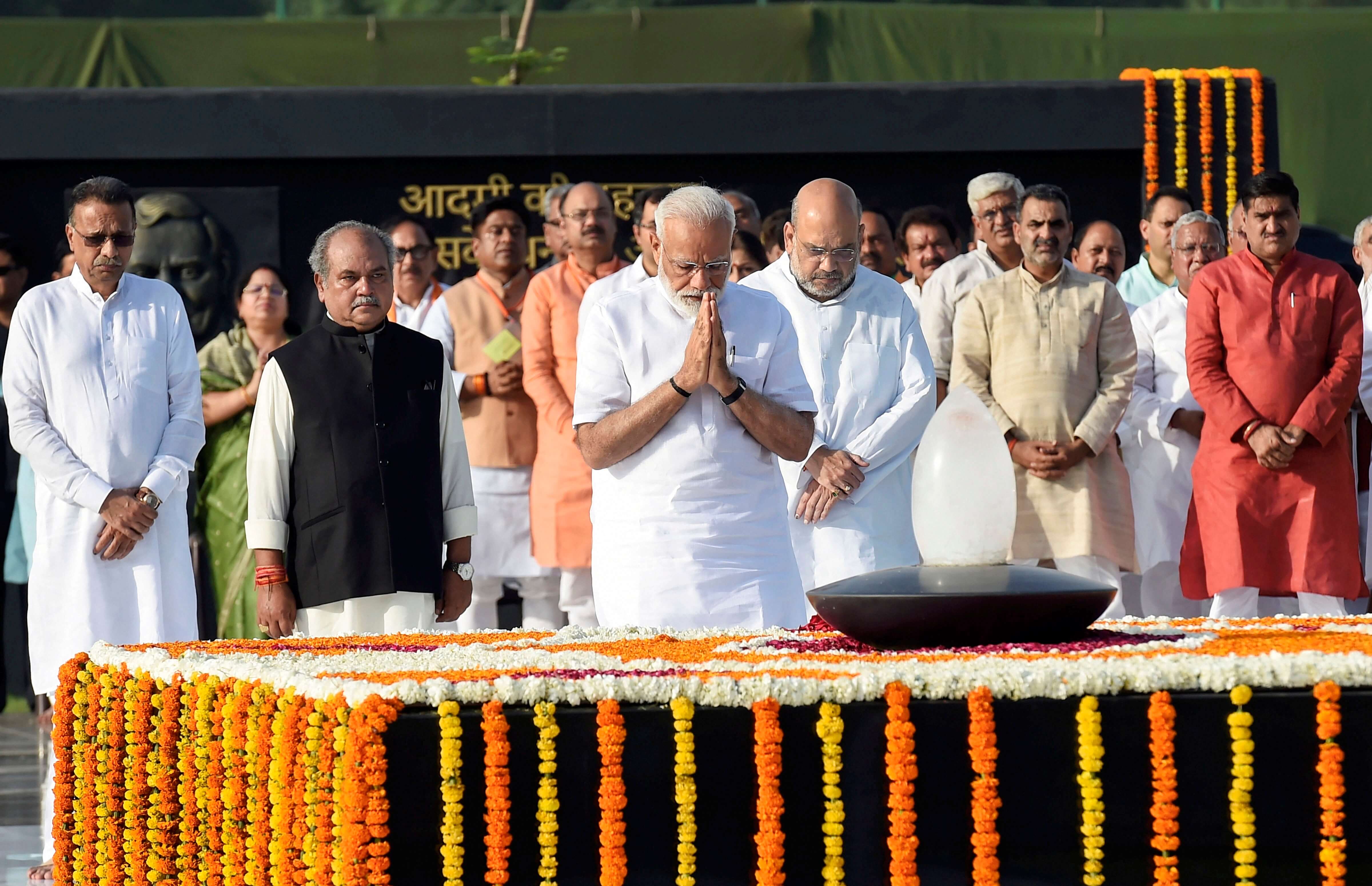
How loyalty and messaging are the only criteria for selecting ministers

One of the most memorable and important stories related to the making of a Union Cabinet is from 1980. When Indira Gandhi returned to power in 1980, it was widely speculated that Mohan Lal Sukhadia, the Congress stalwart from Rajasthan, would hold the number-two position in the government. Sure about his prospects, one of India’s leading English dailies ran a headline anointing Sukhadia as home minister.
At Sukhadia’s residence, festivities had broken out in the run up to the formation of the Cabinet. The triumphant leader sat on the lawn of his bungalow on the day of the government formation, accepting accolades and best wishes from supporters. But, the invite for joining the ministry never came. A year later, Sukhadia died a dejected, humiliated man.
Sukhadia was indeed a deserving candidate. He had been Rajasthan’s Chief Minister for several years, had a huge following in the Hindi heartland and was among the seniors in Parliament. But, one thing was missing from his CV: Indira’s trust in him. In 1977, after Indira lost the election, Sukhadia was among those who had opposed her leadership, dreamt of becoming an alternative. So, when the opportunity came, Indira dumped Sukhadia after letting him dream of the home ministry.
This story should be kept in mind on the day PM Narendra Modi is to announce his Cabinet because it tells us something important about politics: Loyalty is everything, competence is incidental. Who gets to become a minister in India depends on what the PM thinks of that person, or, what message the candidate helps in sending out.
Once we remember this, it becomes easy to predict the Modi cabinet. Some MPs select themselves primarily because of their loyalty, others because of the regions they represent and some because they help in the right ideological messaging.
Modi’s loyal ministers
On the loyalty front, Amit Shah, Nirmala Sitharaman, Piyush Goyal, Suresh Prabhu, Smriti Irani, VK Singh, Ravi Shankar Prasad and Ram Vilas Paswan get automatically selected. Though Arun Jaitley has opted out of the race because of poor health, knowing Modi, he could also be accommodated in the ministry, purely because the PM might want to send out the message that he will reward everyone who stood by him even if it means carrying an unfit minister on his shoulders.
On the messaging front, Modi would like to focus on nationalism, internal security, Hindutva and youth. He might want to tell India that unlike the Congress and other regional parties that promote darbaris and dynasts, the BJP is the party for talented people loyal to its core ideology. Some of the surprise selections in the Cabinet—the sadhus, the hardliners, the first-timers—will be from this category.
Modi and Shah would like to use the opportunity also to prop up alternatives to some regional leaders who are either on the verge of retirement or are not trusted by the duo. In Rajasthan and Madhya Pradesh, Shah and Modi are keen to sideline Vasundhara Raje and Shivraj Singh Chouhan. Top ministers from these two states, it can be safely assumed, would be projected as the face of the party in these states over the next few years. (In this context, watch out for Tejaswi Surya, who fits the party’s requirement perfectly in Karnataka once BS Yeddyurappa retires.)
The party’s other major aim would be to give West Bengal a powerful set of ministers, as well as ministries. With the party breathing down Mamata Banerjee’s neck, it won’t be a surprise if the railways ministry goes to someone from that state.
PM and Nitin Gadkari
Like Indira, Modi would of course love to put the Sukhadias of his team in their place. Knowing the PM, Nitin Gadkari would have been the prime candidate for either a demotion or exclusion from the Cabinet. In the run up to the results, the media had portrayed Gadkari as a possible consensus candidate in case the BJP fell short of a majority. On his part, Gadkari had dropped veiled signals about his availability for the post. But, with the RSS being strongly behind Gadkari, it would be interesting to see how Modi deals with perhaps the only autonomous minister in his previous cabinet.
That brings us to the fate of two more former ministers, Rajnath Singh and Sushma Swaraj, who, though indispensable, are not really the PM’s favourites. The only question of interest now—apart from Shah’s possible induction and department—is whether they will join Modi’s cabinet or be quietly asked to plan for a life in the marg darshak mandal.
Also read: Modi meets Shah ahead of govt formation


